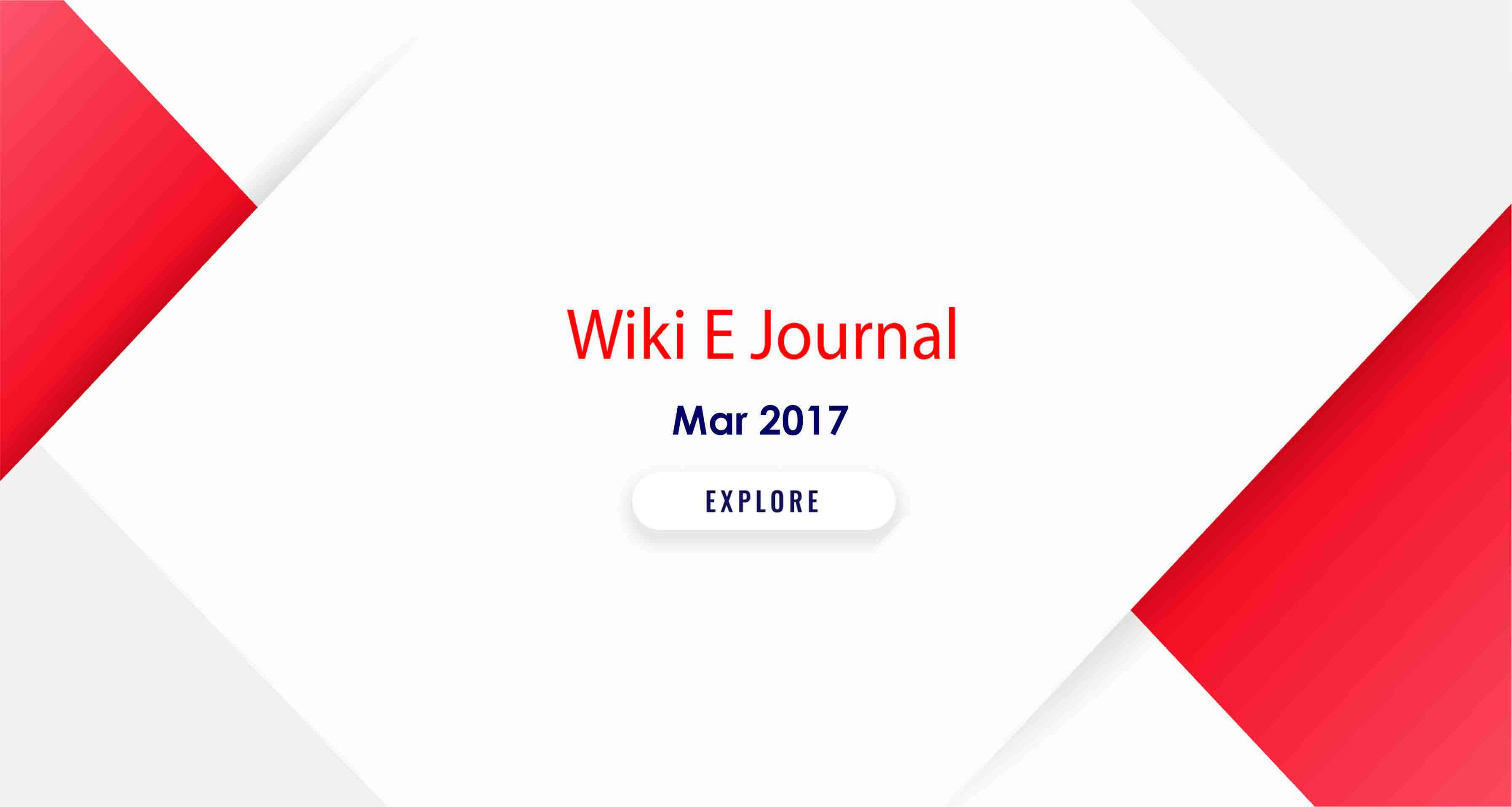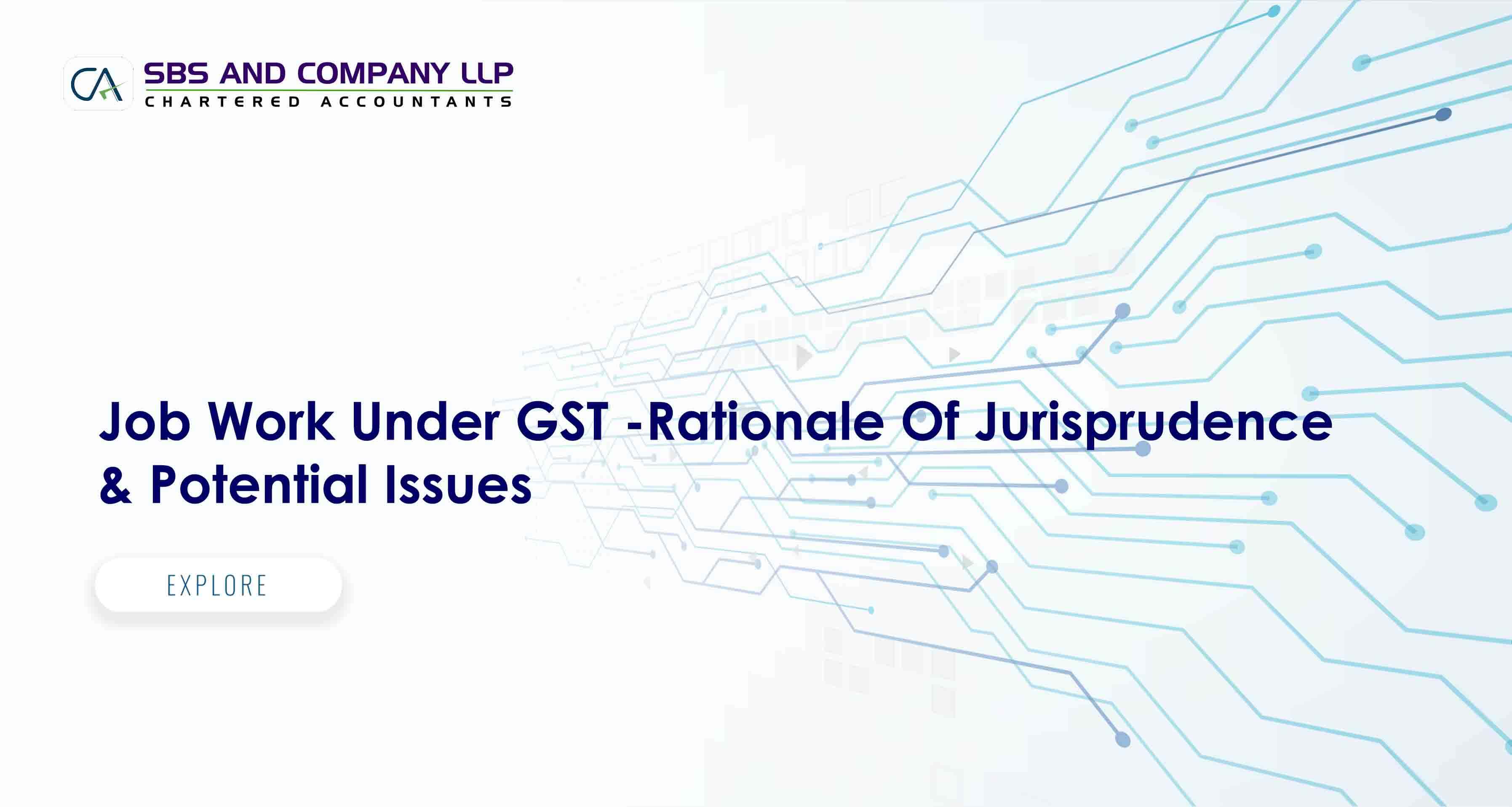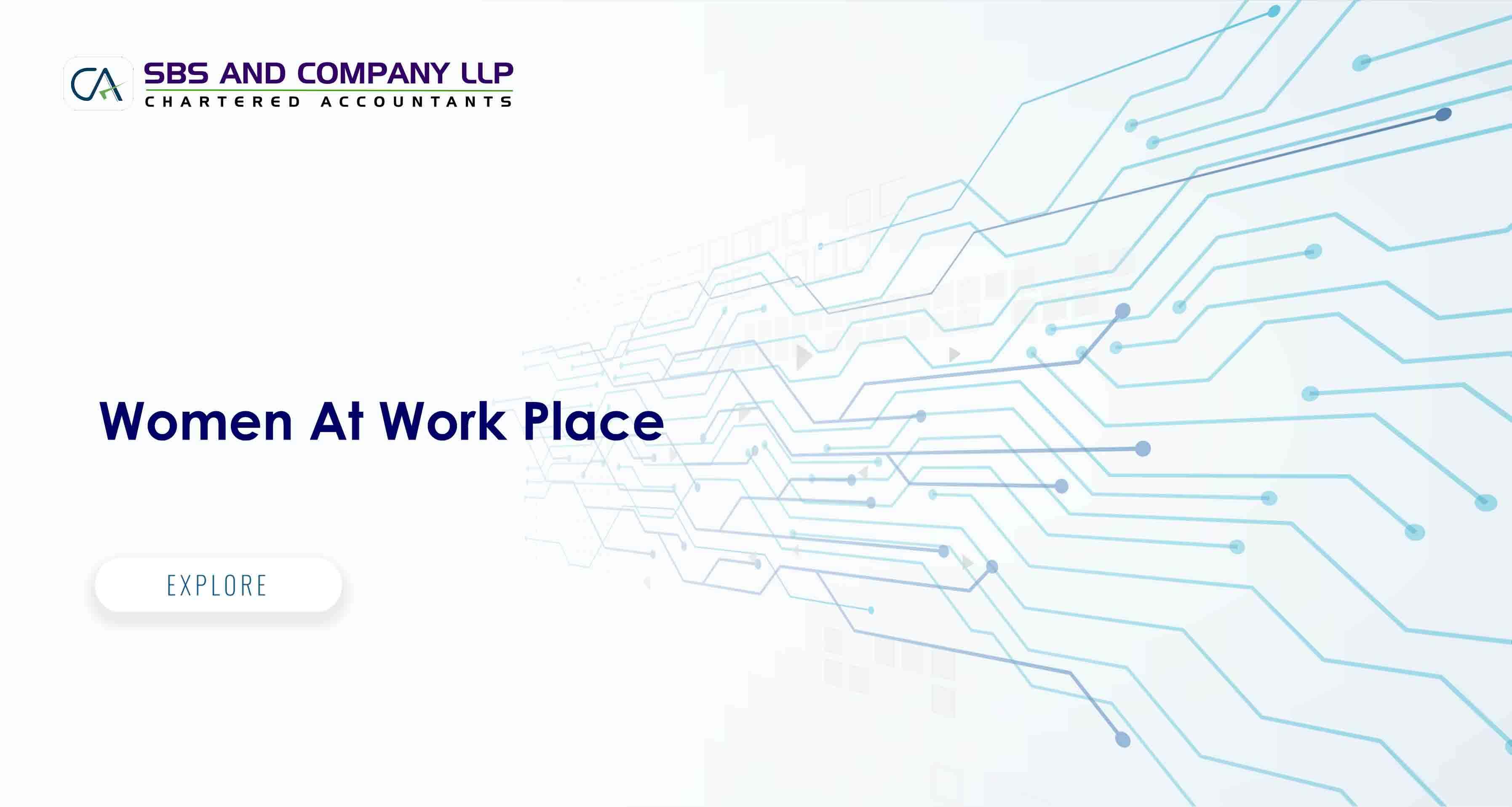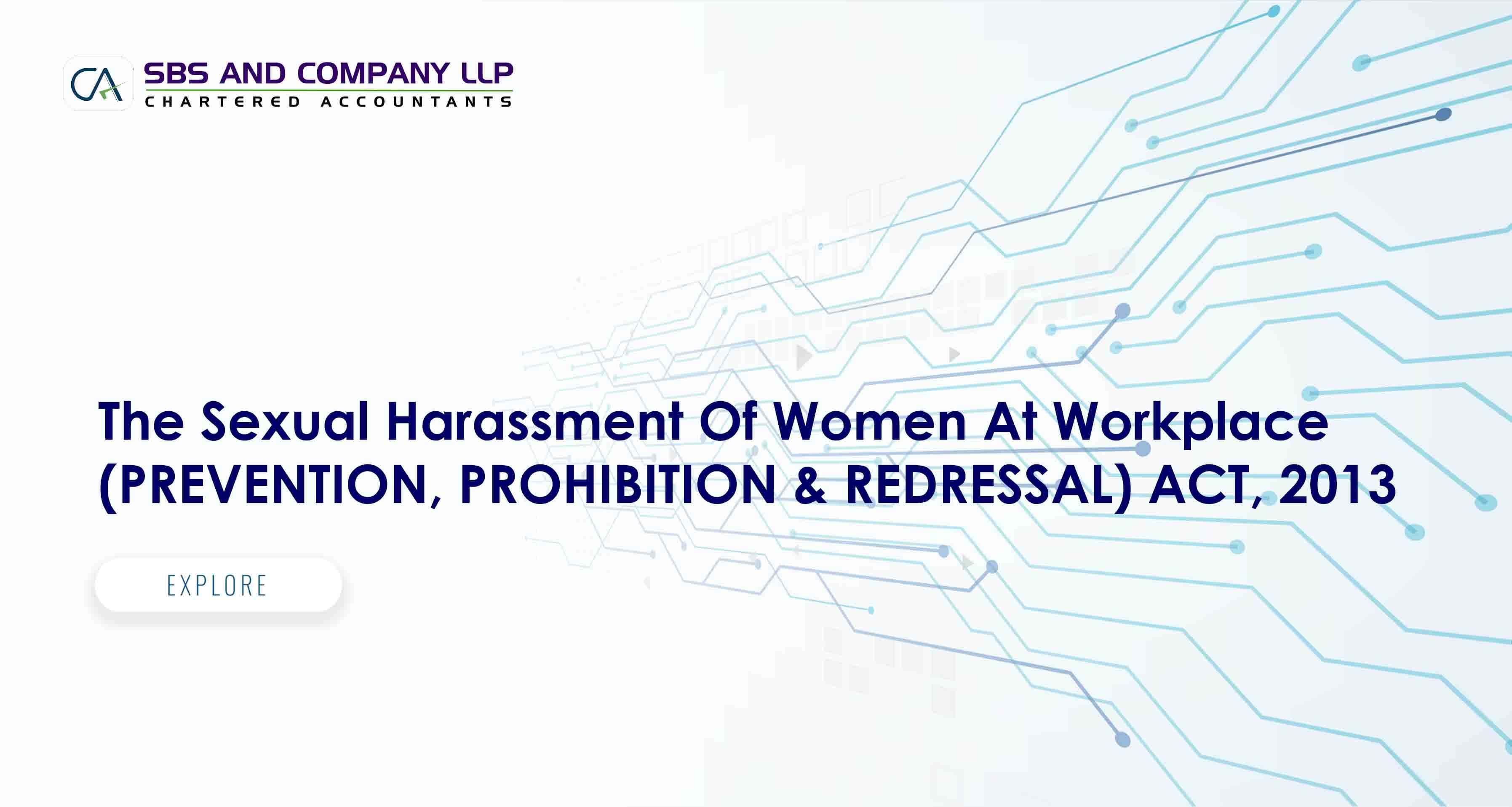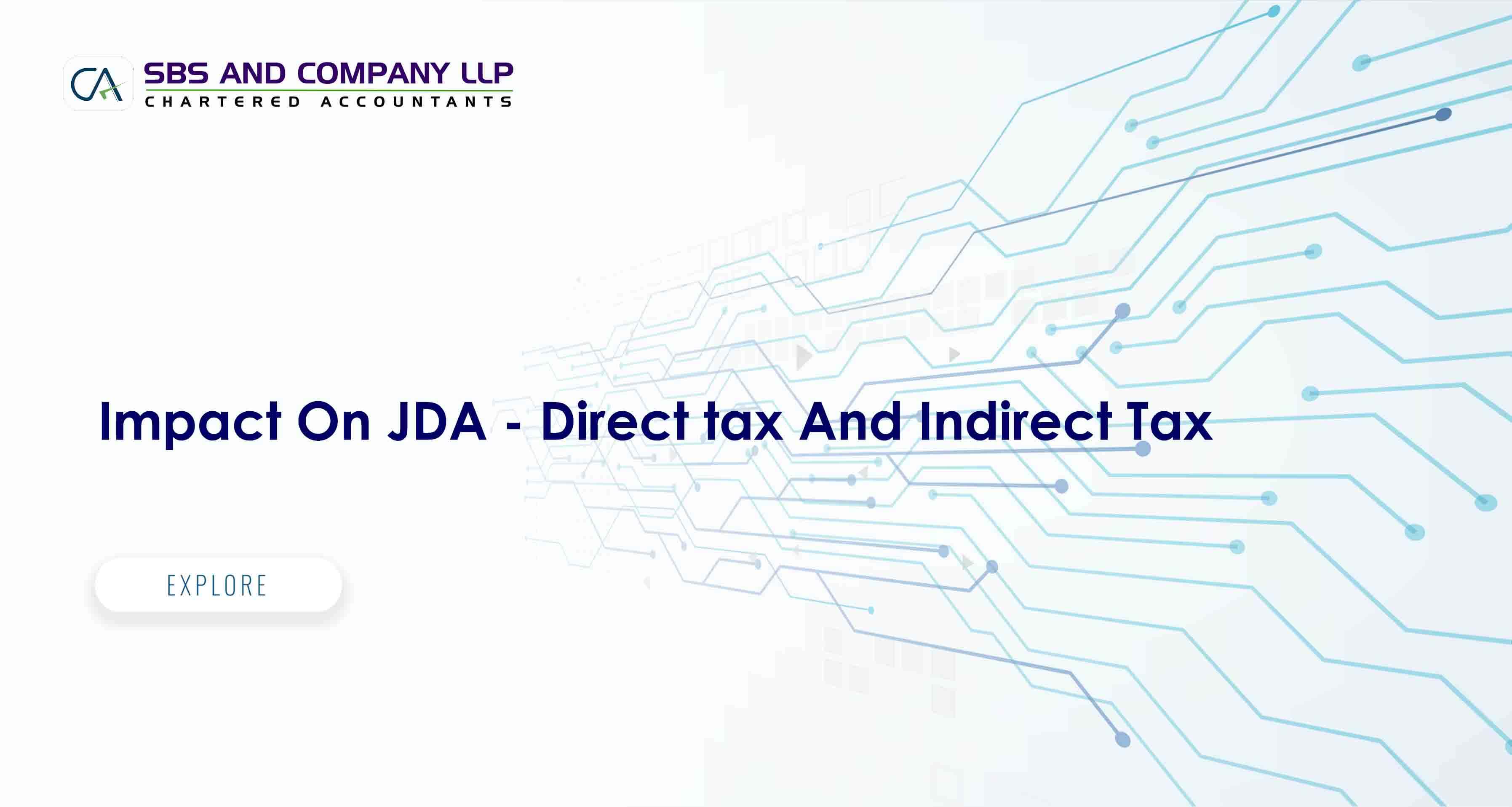Brief about Joint Development Agreements:
It is very common that the builder/developers enter a development agreement with the land owners for construction of residential/commercial apartments. This would be a win-win situation both for the land owner and builder/developer since the said arrangement would save huge cash flow for the builder, since he is not required to purchase the land. For the land owner, the exploitation of the land shall be the blessing with builder/developer having construction expertise, which the land owner generally lacks.
These type of agreements are referred as to Joint Development Agreement (for brevity ‘Agreement’/’JDA’. In such agreement, the land owner contributes the land and developer undertakes the responsibility of obtaining approvals, property development and marketing of the project with the help of his financial resources.
The land owner parts his rights in the land to the builder/developer and such builder/developer guarantees certain portion of the built up area to the land owner in consideration of the land obtained for exploitation. With the above major benefits, there are number of JDA’s entered for majority of the infrastructure projects.
Impact under Income Tax & Allied Laws on JDA:
As stated above, the developer himself does not buy the land/property from the owner. The developer is not the transferee or buyer of the flats as per the Transfer of Property Act, 1882 (for brevity ‘TOPA’) under the Joint Development Agreement. The sole ownership lies with the owner of the land, but the landowner grants the developer along with development rights, a license to enter the land for development but not as a transferee/buyer. The license/authority to enter the land is typically given by way of a power of attorney issued in favor of the developer.
The general power of attorney should be registered on appropriate value stamp paper with the concerned authorities (registrar) to be legally binding on both parties.
The license gives way to the developer to gain approvals and raise debt by way of mortgage or appoint third parties for advertisement.
Applicability:
There is no specific section in the Income Tax Act, 1961 which directs the taxation of transactions arising out of Joint Development Agreements.
The taxation of income arising out of the agreement is determined by provisions of Section 2(47) of Income Tax Act, 1961 which defines the term ‘Transfer’ for computation of income under the head ‘Capital Gains’ (since the Land Owner holds the land or building, which is given to the developer under the agreement, for earning income or as an investment).
Section 2(47)(v) states that any transaction involving the allowing of the possession of any immovable property to be taken or retained in part performance of a contract of the nature referred to in section 53A of the Transfer of Property Act, 1882 (4 of 1882)- (TOPA).
For this purpose, ‘immovable property’ shall mean
- any land or any building or part of a building, and includes, where any land or any building or part of a building is to be transferred together with any machinery, plant, furniture, fittings or other things, such machinery, plant, furniture, fittings or other things also.
Explanation—For the purposes of this sub-clause, "land, building, part of a building, machinery, plant, furniture, fittings and other things" include any rights therein;
- any rights in or with respect to any land or any building or a part of a building (whether or not including any machinery, plant, furniture, fittings or other things therein) which has been constructed or which is to be constructed, accruing or arising from any transaction (whether by way of becoming a member of, or acquiring shares in, a co-operative society, company or other association of persons or by way of any agreement or any arrangement of whatever nature), not being a transaction by way of sale, exchange or lease of such land, building or part of a building ;
In nutshell, it refers to Land or Building or part thereof and rights attached to it. Since the possession of land or building will be handed over to the developer under the agreement it is covered by the clause (v) of section 2(47).
Year of Taxation:
Now the question is the year of taxability. Whether it is taxable in the year in which the agreement is handed over or year in which land owner gets his share in constructed property along with the monetary consideration, if any, received.
The Honorable Bombay High Court2 held that the object of entering a Development Agreement is to enable a professional builder/contractor to make profits by completing the building and selling the flats at a profit. Section 2(47)(v) read with section 45 which indicates that capital gains is taxable in the year in which such transactions are entered into even if the transfer of immovable property is not effective or complete under the general law.
The Chennai ITAT3 held that to invoke the ruling of Bombay High Court Judgement in Chaturbhuj Dwarkadas Kapadia vs CIT (supra) it is necessary to demonstrate that the conditions U/S 53A of TOPA are satisfied. It further held that handing over the possession of the property is only one of the conditions U/S 53A of TOPA and it is not the absolute condition.
The issue of taxation arising out of JDA was decided in various cases based on the facts and the terms of the agreement. There was no certainty in the matters of year of taxability and the amount of consideration while computing the income.
Proposal in the FA 2017 to fix the ‘Year of Taxation’:
New section is proposed to be introduced for determination of tax liability arising from Joint Development Agreement by Section 45(5A) in the hands of Individual or HUF.
The new section provides that transfer of land or building or both under JDA will be subject to tax as per this section in the year in which in Certificate of Completion (CoC) is issued by the Competent Authority in respect of the project or any part of the project.
Valuation:
The stamp duty value on the date of issue of said certificate as increased by monetary consideration4 shall be deemed to be the full value consideration received or accruing as a result of the transfer of the capital asset.
However, if the land owner transfer his share in the project on or before the date of issue of CoC the capital gain shall deemed to be income of the previous year in which such transfer takes place as per normal provisions of the Act i.e. section 2(47)(v).
Issues – Taxability of Un-registered JDA and Consequences under Allied Laws:
The provisions of new section 45(5A) will apply in case where the agreement is registered. Now the question is, to apply normal provisions of the Act, other than Section 45(5A), whether registration of agreement is mandatory?
Registration and Other Related Laws (Amendment) Act 2001 (w.e.f 24-09-2001) provides that the documents containing contracts to transfer for consideration any immovable property for the purpose of Section 53A of TOPA shall be registered if they have been executed on or after the Commencement of the Registration and Other Related Laws (Amendment) Act, 2001.
If such documents are not registered on or after such commencement, then they shall have no effect for the purpose of Section 53A of TOPA.
Further the Punjab and Haryana High Court5 held that unless registration of JDA, it was not enforceable under general law and transaction would not fall u/s 2(47)(v) of Income Tax Act, 1961.
As per Explanation to Section 2(9) Benami Transactions (Prohibition) Amendment Act, 2016benami transaction shall not include any transaction involving the allowing the possession of any property to be taken or retained in part performance of a contract referred to in section 53A of TOPA if, under any law for the time being in force, -
(ii) ………..
(iii) The contract has been registered.
Considering the above developments registration of JDA is mandatory. However, the provisions of proposed new section will apply only JDA is registered and land owner doesn’t sell his share in the project before the issue of CoC.
The question that remained un answered is what are the tax implication of un registered JDA?[considering the latest developments in various applicable laws referred to above as well as the judgement of Punjab and Haryana High Court that the provisions of section 53A of TOPA are applicable only in case of registered JDA besides treating it as benami transaction].
Impact under Service Tax on JDA:
Applicability:
The taxability of services provided to the land owner in a Joint Development Agreement is a part of huge on-going litigation in this industry. The entire issue has come up before the service tax authorities and trade after the judgment passed by the Honourable Apex Court in the case of Faqir Chand Gulati vs Uppal Agencies Pvt Ltd 2008 (12) STR 401 (SC), where in the apex court has stated in the light of the facts mentioned therein, that the builder is a service provider and land owner is a consumer and deficiency in construction service provided by the builder will fall under the ambit of Consumer Protection Act, 1986.
From the above judgment, where in it was stated that the association of builder and land owner cannot be regarded as a Joint Venture and naming the builder as service provider and land owner as customer, has given a clue for the service tax authorities taxing the services provided by the builder to the land owner.
The trade has displayed huge resistance in accepting the said transaction subjected to service tax. However, as time evolved, the trade is now fighting the valuation method prescribed by the Board and accepting the taxability of the transaction. Till this point of time, there was only one judgment delivered by the Chennai CESTAT in the case of LCS City Makers Pvt Ltd vs Commissioner of Service Tax, Chennai 2013 (30) STR 33 (Tri-Chennai) = 2012-TIOL-618-CESTAT-MAD, where it was held that transaction between the builder/developer and land owner falls under the ambit of service tax since there is no difference between the land owner and ultimate customer once joint development agreement is entered into.
Valuation:
Even assuming the transaction is taxable right from the inception of the taxable services category, there is no valuation methodology prescribed for payment of service tax on the services provided by the builder/developer to the land owner. It was only in 2012, the Board has come up with a Circular 151/2/2012-ST dated 10.02.2012, laying down the methodology for valuation of service component in the services provided to the land owner in the light of JDA.
Leaving apart from the validity of the circular, let us understand the methodology enshrined over there. Before approaching the circular, let us understand the basic valuation section in the Finance Act, which is Section 67. The said section deals with the valuation of the taxable service. As per Section 67 of the Act, the value for the service shall be determined as under:
vWhereconsideration is in money - the gross amount charged for the service provided or to be provided;
vWhereconsideration is not wholly or partly in money – such amount in addition to the service tax charged, is equivalent to the consideration;
vWhereconsideration is not ascertainable – the amount as may be determined as per the rules namely, Service Tax (Determination of Value) Rules, 2006.
Since, in the transaction between the land owner and builder/developer, the later shall not receive the consideration either in the form of money or partly in money and partly in kind. However, the question now to be answered is whether the consideration is ascertainable or not. If the consideration is not ascertainable, the resort to valuation rules has to be made. The answer to the availability of the consideration is purely dependent on the terms and conditions set out in the JDA.
Even in certain instances where consideration is not clearly spelt, an effort has to be made to adopt the value of land or development rights involved for calculation of service tax. Only when the value of land or developmental rights are not available then a resort has to be made to the valuation rules. The value of land can be arrived by adopting an independent valuer so as to represent the true value of the land. However, the service tax authorities might not accept such value but the same has to be on reasonable grounds and not a mere rejection.
Assuming the value of land or developmental rights are not ascertainable, then as discussed, the resort has to be - Rule 3 of Service Tax (Determination of Value) Rules, 2006 deals with the valuation of the when consideration of the service is not ascertainable. As per the said Rule, the value has to be determined as per the procedure laid under:
vValueshall be equal to the gross amount charged by the service provider to provide similar service to any other person in the ordinary course of business – where gross amount charged is the sole consideration.
vWherethe value cannot be determined as per above - the service provider shall determine the equivalent money value of such consideration which shall, in no case be less than the cost of provision of such taxable service.
As discussed above, the Board’s Circular 151/2/2012 – ST dated 10.02.2012, wherein the valuation as prescribed is as under:
vValueofthe similar flats sold by builder/developer to the ultimate customers; v2Incasethe prices of flats/houses undergo a change over the period of sale (from the first sale of
flat/house in the residential complex to the last sale of the flat/house), the value of similar flats as are sold nearer to the date on which land is being made available for construction should be used for arriving at the value for the purpose of tax.
However, it has to be kept in mind that the valuation prescribed by the Board has to be resorted as a final measure since the board circular has presumed that the value of land/development rights are not ordinarily ascertainable and hence a direct resort to the similar value as laid down in Rule 3 of the Service Tax (Determination of Value) Rules, 2006 has been taken.
Further, the Board’s Circular (supra) states that the value of land/developmental rights in land may not be ascertainable ordinarily and accordingly the value of similar services has to be taken for the purposes of payment of service tax on the land owner’s share. However, post amendment in Finance Bill, 2017 to the Income Tax Act, 1961, the said act has fixed the consideration for payment of Income Tax by the Land Owner which is stamp duty value of property pertaining to the land owner’s share as on the date of certificate of completion + monetary consideration received by the land owner from the builder.
When the valuation of development rights is very clear and ascertainable for the purposes of Income Tax Act, 1961, the Board has to come up with another Circular stating that the valuation for the purposes of Income Tax would suffice for the purposes of service tax also. This would make the taxation uniform and hassle free for the builder and land owner.
Point of Taxation:
Board’s Circular also clarifies that the builder is liable to pay service tax when the possession or right in the property of the said flats are transferred to the land owner by entering into conveyance deed or similar instrument (eg. Allotment letter). That is to say if the development agreement consists of identification of flats belonging to land owner and builder, the builder has to pay service tax irrespective of actual construction being done, which is against to the intention of Point of Taxation Rules, 2011.
With the amendment being made in the Income Tax Act, 1961 vide Finance Bill, 2017, fixing the year of taxation of development rights as the year in which certificate of completion is obtained for the land owner’s share, similar amendment has to be brought in the service tax laws also.


